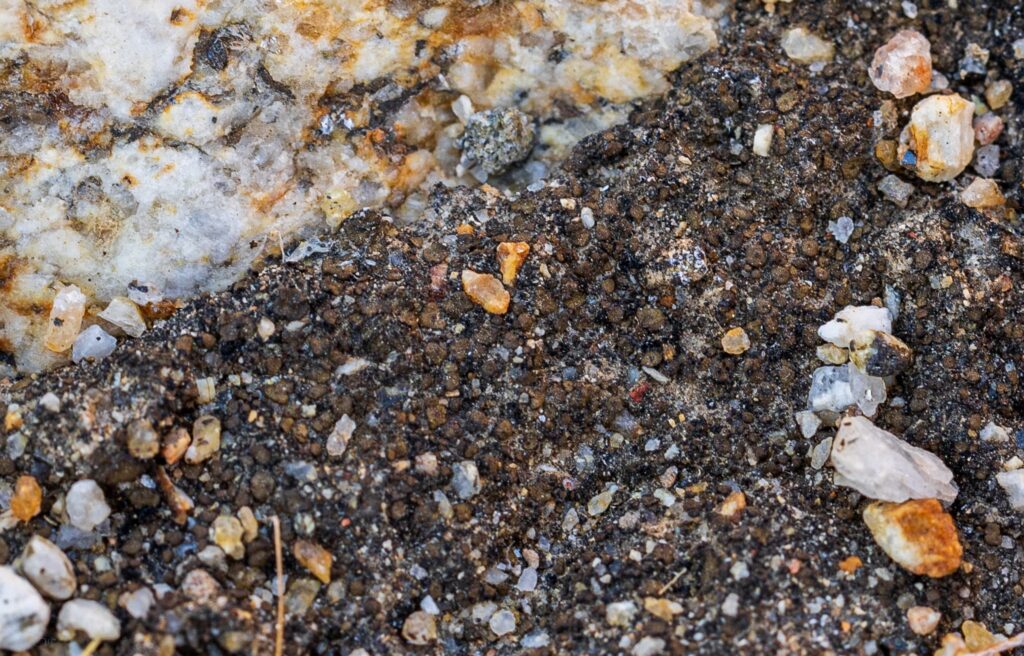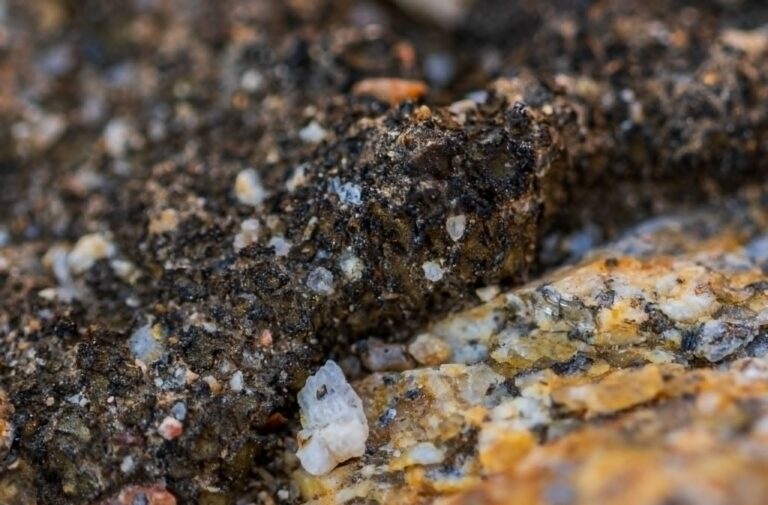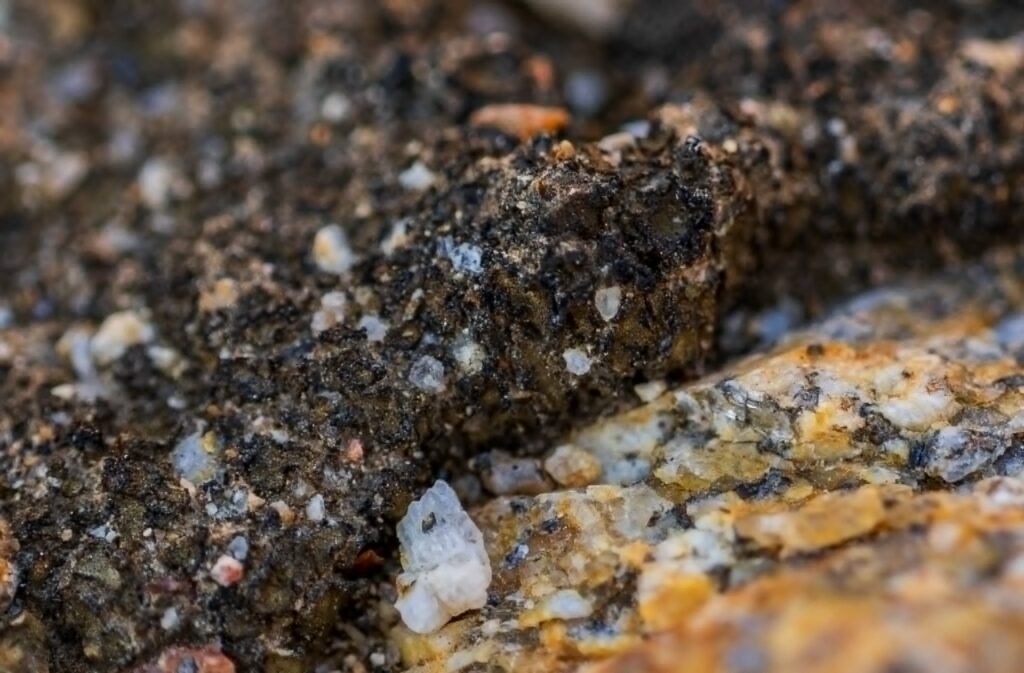When exploring the breathtaking landscapes of Anza-Borrego Desert State Park, it’s easy to focus on dramatic vistas, blooming wildflowers, or the elusive desert wildlife. But beneath our feet lies an unsung hero of the desert ecosystem: cryptobiotic soil. Often overlooked and fragile, this living crust plays a critical role in the health of desert environments, including sequestering carbon—a vital process for combating climate change.
What is Cryptobiotic Soil?
Cryptobiotic soil, or biological soil crust, is a community of living organisms, including cyanobacteria, lichens, mosses, fungi, and algae. These tiny but mighty organisms form a protective crust over the desert floor, stabilizing soil and preventing erosion. You can identify cryptobiotic soil by its textured, often bumpy appearance. It may resemble miniature coral or darkened, rough patches on the ground. It thrives in undisturbed areas of the desert, growing in places where water is scarce and other vegetation struggles to survive.
Why is Cryptobiotic Soil Important?
Cryptobiotic soil is a cornerstone of the desert ecosystem. Here’s why it matters:
- Carbon Sequestration: One of cryptobiotic soil’s most critical roles is its ability to sequester carbon. Cyanobacteria, a key crust component, use photosynthesis to capture atmospheric carbon and store it in the soil. This natural carbon storage helps mitigate climate change by reducing the amount of greenhouse gases in the atmosphere.
- Soil Stabilization: By binding soil particles together, cryptobiotic soil prevents erosion from wind and water. This binding is crucial in a desert environment, where loose, sandy soil can easily blow away, damaging fragile ecosystems.
- Water Retention: The crust helps the soil retain water, supporting the growth of native desert plants.
- Nutrient Cycling: Cryptobiotic soil contributes to the nutrient cycle by fixing nitrogen from the atmosphere, making it available for plants—a vital function in nutrient-poor desert soils.
Fragility of Cryptobiotic Soil
Despite its resilience in extreme conditions, cryptobiotic soil is incredibly delicate. A single footprint, tire track, or misplaced tent can crush the crust, instantly destroying decades of growth. Once damaged, the crust takes an astonishingly long time to recover—often 50 to 100 years or more in arid climates like Anza-Borrego.
When the crust is destroyed:
- Erosion Accelerates: Without the crust’s stabilizing influence, loose soil is more likely to blow or wash away, leaving barren, degraded landscapes.
- Carbon Sequestration Stops: Damaged crust can no longer capture carbon, contributing to increased atmospheric CO₂ levels.
- Ecosystems Suffer: Plants lose a key ally in water retention and nutrient cycling, which can harm the entire desert food web.
How Can You Help?
The best way to protect cryptobiotic soil is simple: don’t bust the crust!
- Stay on Designated Trails: Always stick to established hiking or driving paths.
- Avoid Camping on Cryptobiotic Soil: Choose durable surfaces like rock or gravel for setting up camp.
- Spread Awareness: Educate friends and family about the importance of cryptobiotic soil and how to recognize it.
- Leave No Trace: Minimize your impact on the desert by following Leave No Trace principles.
By respecting and protecting cryptobiotic soil, we can ensure the health and longevity of Anza-Borrego Desert’s unique and vibrant ecosystem. This tiny crust may not be as showy as a wildflower bloom. Still, its contribution to the desert—and the planet—is monumental.
The next time you visit the desert, take a moment to appreciate the cryptobiotic soil. This humble, living crust is a reminder that even the most minor, unassuming elements of nature can profoundly impact the world. Let’s protect it—for the desert, ourselves, and future generations.







